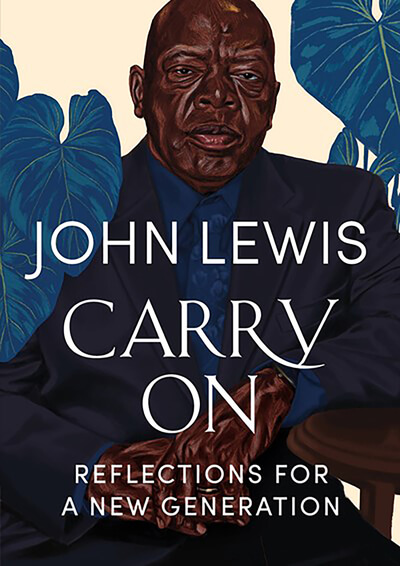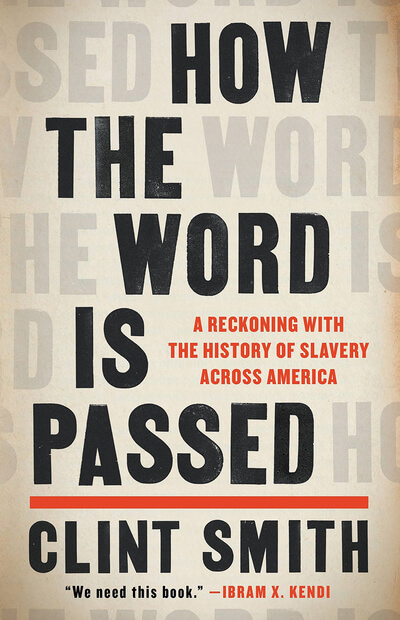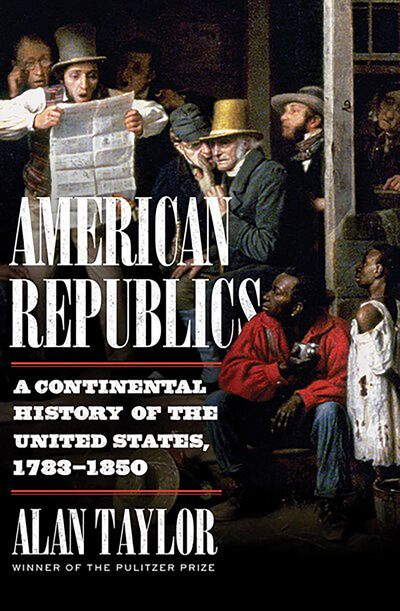In The Gallery of Miracles and Madness: Insanity, Modernism, and Hitler’s War on Art, Charlie English, former head of international news at the Guardian, tells the tale of two art critics.
The first, Hans Prinzhorn, was an art historian and psychiatrist. Employed by the Heidelberg University Psychiatric Hospital in 1919, he was given the task of cataloging and evaluating the patients’ artwork for diagnostic purposes. Prinzhorn quickly realized that these works were more than expressions of mental illness. They were art, filled with life’s horror, humanity and energy. He set about collecting more artworks from different clinics and asylums and, in 1922, published the influential book Artistry of the Mentally Ill.
The second critic was a self-taught Austrian artist named Adolf Hitler. English explains that Hitler primarily considered himself an artist and thought his greatest work would be the German people. Creating “pure” German art would be key to the success of that project. Yet Hitler could not say what German art was; he could only say what it was not. And it definitely was not produced by people who were mentally ill.
To prove that point, Hitler ordered an exhibition of “degenerate art,” including works from Prinzhorn’s collection, to show how “corrupt” and “insane” modern art had become. For Hitler, an unworthy life was as disposable and valueless as unworthy art. Consequently, he went on to orchestrate the murder of tens of thousands of those whose lives he deemed “unworthy,” including people who were disabled and chronically ill—and at least two dozen of the Prinzhorn artists.
This is not an abstract book of ideas. The battle between these two views of art was, literally, a matter of life and death, so English uses the life and death of Franz Karl Bühler, the most accomplished of Prinzhorn’s artists, to frame his story. From master ironsmith to psychiatric patient to discovered artist, all the way to the terrifying details that led to his murder by carbon monoxide gassing, Bühler’s life and death illuminate the void at the heart of Nazism.
The Gallery of Miracles and Madness is profoundly heartbreaking, unexpectedly redeeming and immensely important.


























